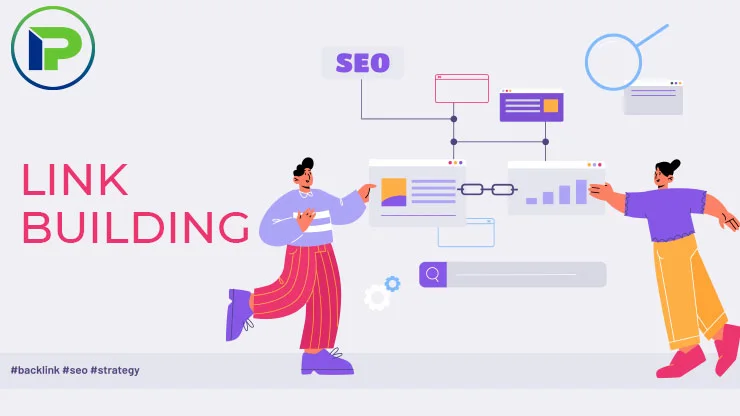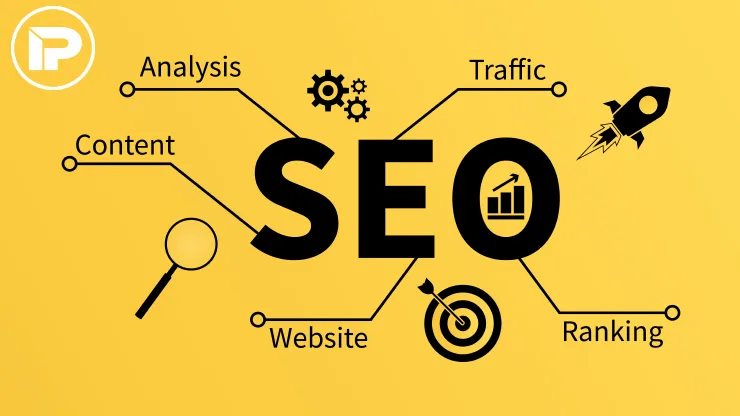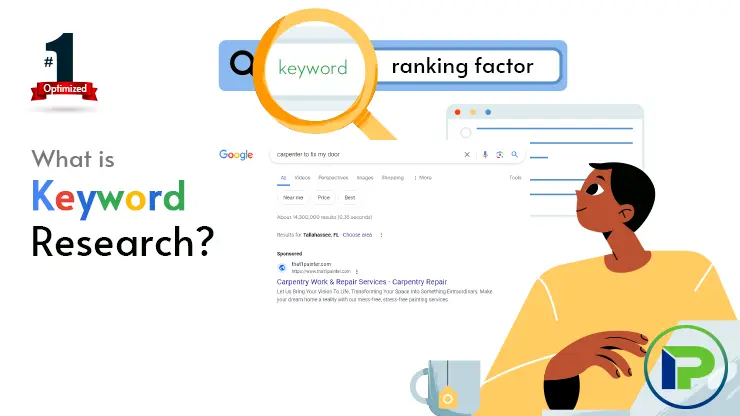
The Significance of Backlinks in SEO Factors
Are you curious about how to make your website a big hit? Let’s chat about backlinks. These small digital ties can be a game-changer for
INTELLIPLANS, INC.
1563 Capital Cir Se A
Suite 369
Tallahassee, FL 32301

Are you curious about how to make your website a big hit? Let’s chat about backlinks. These small digital ties can be a game-changer for

For small business owners and marketing professionals aiming to enhance their online presence, understanding the spectrum of advertising options is crucial. Here’s a breakdown of

The impending Google Core and Spam Update of March 2024 has set the SEO world abuzz, leaving digital marketers and website owners contemplating the potential

Keyword research is the process of identifying words and phrases that are relevant to your business and target audience. These keywords are what people type
SALES: (850) 583-1422
SUPPORT: (480) 624-2500